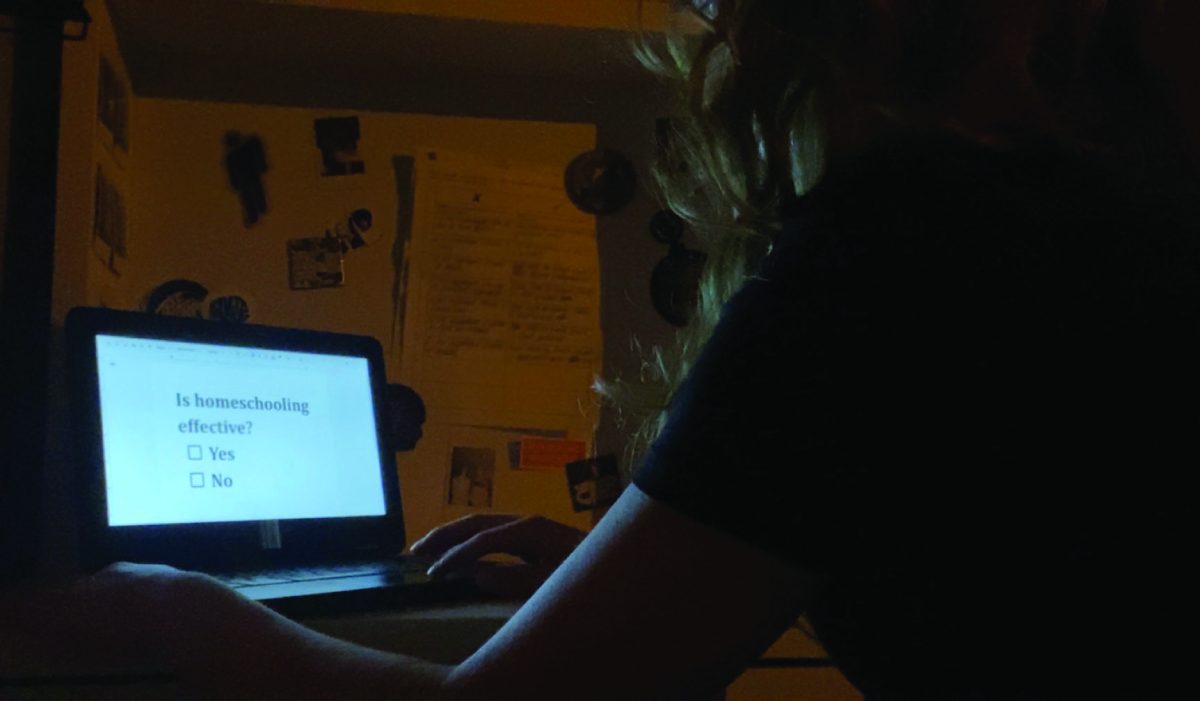Quarantine Companions: How pets have helped many cope during isolation
November 5, 2020
The COVID-19 pandemic has forced many to stay at home unable to see their friends and family. Because of this, COVID-19 is not the only pandemic affecting people around the world. Loneliness has also become widespread. Often being compared to smoking 15 cigarettes a day, according to a TIME article, the effects of loneliness have been linked to several health problems such as: depression, anxiety, dementia, self-harm, substance abuse and heart conditions. With reported rates of loneliness felt in the past two weeks more than doubling–from 10 to 24 percent–after the start of quarantine, as reported by the UK Mental Health Foundation, what can be done to combat the negative effects of loneliness when getting the social interaction we need is harder than ever?
While there are many ways to cope with loneliness, one solution is adopting a pet. Whether your preferred pet is a cat, dog, bird, or anything else, all pets provide many benefits that can help reduce feelings of loneliness. The most prominent being a feeling of companionship. Because pets depend on you to care for them, they also provide a sense of purpose that may be lacking due to most events and activities being cancelled or moved online.
Additionally, playing with your pet regularly not only stimulates their brain, but stimulates yours as well, helping to ward off boredom that can lead to increased levels of stress and anxiety. In addition to the lack of social interaction, it is much harder to get out of the house as most businesses are closed. Dogs can be especially helpful in combating this as they provide a consistent reason to get out of the house and get a change of scenery as well as much needed exercise. All of these factors contribute to greater happiness.
Due to the many benefits of pets, a huge number have been adopted throughout quarantine. As people began to realize that quarantine would not be coming to an end any time soon, many decided that now would be the best time to adopt a new furry friend. According to The Washington Post, one shelter in Los Angeles reported June adoption rates doubled from previous years. This sudden demand for adoptions has caused long wait lists to form at shelters across the country as people scramble to adopt the few pets still available. In addition to the amount of regular adoptions skyrocketing, the foster-to-adopt rate has also increased dramatically, with the foster-to-adopt rate for dogs at the Animal Care Centers for NYC rising from 10 to 25 percent.
Senior Zaylie Grant was one of many to adopt a pet during quarantine, she adopted a pug whom she named David. “He’s the fattest, barrel-shaped thing and I was like, the name just fit,¨ Grant said.
David helped Grant to cope with the isolation brought by quarantine, ”He helped me through remote learning because I was all by myself [and] he was suddenly just there. He had such a personality [and] he made me laugh all the time.”
David also helped Grant to get out of the house and get some fresh air. “I took him on walks, I took him to the dog park, I took him to the vet, all the time, just to get out of the house.”
The primary reason pets have been adopted throughout quarantine is due to the increased amount of time spent at home, but what will happen when these newly adopted pets face the sudden isolation of their families going back to work and school? According to a New York Post article, 20 to 40% of dogs referred to animal behavior practices are diagnosed with separation anxiety even without the circumstances of quarantine.
When Grant went back to school this fall, she said that David has not handled the change well. “He has separation anxiety. There were four people in the house and now there’s zero for a solid eight hours a day and he’s having issues with that.”
Though David does not handle being alone all day well, he is very excited when Grant returns from school. “It’s the funniest thing because he freaks out all day and then I come home and he’s passed out on his back on the couch, and the second I walk in he goes crazy and jumps all over me,” Grant said.
With pets becoming used to being around people all or most of the time, the number of pets suffering from separation anxiety will increase drastically. While newly adopted pets will be most affected, all pets will likely suffer from at least some degree of separation anxiety due to isolation.
Some behaviors dogs will exhibit when suffering from a sudden lack of attention can include howling, chewing on objects, urinating, and trying to escape. For dogs, consistency and predictability is crucial, any kind of sudden change can be a cause for stress. While cats tend to be more solitary animals, they are not exempt from the effects of separation anxiety. To reduce the stress caused by isolation it is important to play with your pet often. You can also help acclimate your pet to being alone by setting periods of time each day when they are left in a separate room.
While pets provide many benefits in a time where getting the social interaction we need is harder than ever, it is also important to consider whether adopting a pet will work for you long term.










